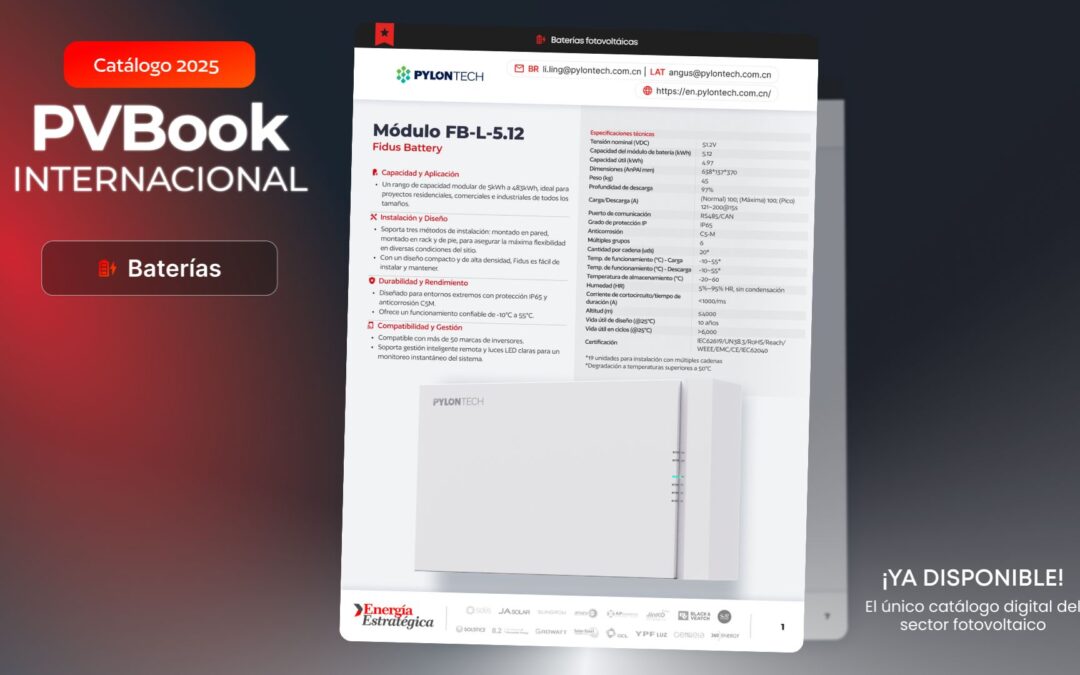The Ministry for the Ecological Transition and the Demographic Challenge (MITECO) is preparing to open the public consultation process for the draft Royal Decree that will amend the current regulation on self-consumption of electricity.
According to discussions held last Friday among key sector representatives, the project will be released before Wednesday. It seeks to give fresh momentum to collective self-consumption in Spain by refining the current regulatory framework and removing barriers that have hindered its rollout.
The draft introduces substantial changes to Royal Decree 244/2019, in force since April 2019, which laid the groundwork for the expansion of self-consumption following the repeal of the so‑called sun tax.
One of the most significant changes is the extension of the maximum distance between generation points and associated consumers from 2 to 5 kilometres, provided that installations do not exceed 5 MW and are located on buildings or industrial land.
This has been one of the sector’s main demands and will allow six times more citizens and companies to take part in shared self-consumption schemes.
Speaking with Strategic Energy Europe, Jon Macías Santiago, President of the Self-Consumption Division at APPA Renovables, welcomed the measure but stressed the need to accompany it with fiscal incentives.
The project also includes the creation of a collective self-consumption manager, a natural or legal person who will represent participants before distributors and retailers, simplifying administrative procedures and ensuring coordination among shared installations.
Macías described this new figure as “a great step forward in professionalising the management of collective projects,” though he emphasised that it must be accompanied by mechanisms to ensure transparency and two‑way accountability. “Information must be transparent in both directions, and those who fail to comply—be they distributors or managers—should be sanctioned,” he noted.
For this, artificial intelligence will be a key tool, allowing real-time management of consumption and generation data, optimising the distribution of energy among users, and enabling automated decisions that improve system efficiency.
However, Macías clarified that although AI will be essential, it is still too early to discuss its application or specific incentives. In his view, regulatory development around energy flexibility must mature before these tools can be implemented on a large scale.
Among other measures, the draft introduces new modalities of shared self-consumption, such as the possibility of sharing only surplus generation, and enables simultaneous connection to two self-consumption systems (individual and collective). It will also allow monthly modification of energy‑sharing coefficients and participation modalities, reducing the rigidity of the current model.
The Ministry also proposes reforms to improve transparency and digitalisation. Invoices under the regulated tariff (PVPC) will include data on the installation’s production and its allocation, while generation records will be accessible through the same platforms where users consult their consumption.
In the same vein, the simplification of registration and administrative procedures for both individual and collective installations is foreseen, a key demand from the industry to ease bureaucratic burdens.
Macías highlighted that simplifying procedures and reducing processing times are “long‑standing demands from the sector.” “Self-consumption has grown very rapidly in a short time, and managing many small plants is more complex than running a large facility. This reform is moving in the right direction,” he said.
A Regulation Arriving at a Key Moment
Self-consumption in Spain has multiplied by 17 since 2018, reaching 8,256 MW by the end of 2024, according to official MITECO data. The target set by the National Integrated Energy and Climate Plan (PNIEC) is 19 GW by 2030, a goal that requires accelerating project deployment and modernising power grids.
Despite the cumulative growth, the sector is experiencing a period of slowdown: installed capacity in 2024 fell by around 15% compared with the previous year. Associations attribute this to inflation, rising interest rates, and administrative complexity.
Only 1% of registered installations correspond to collective models, which hold significant potential in a country where 70% of primary residences are multi‑family buildings.
Macías warned that the new decree must also address structural issues: “The distribution network is overloaded, and the lack of investment prevents us from making full use of the available renewable energy. There are many hours of the year when factories do not demand energy, and that electricity could be shared with vulnerable households or public buildings,” he pointed out.
The push for collective self-consumption comes amid the consolidation of Spain’s renewable ecosystem. Major players such as Iberdrola, Endesa, Naturgy, Holaluz, Gesternova, EiDF, and cooperatives like Som Energia and Ecooo stand out, along with tech companies developing surplus‑management and aggregation software. All have expressed interest in the new framework, which could open opportunities across neighbourhoods, industrial parks, and energy communities.
The draft Royal Decree forms part of MITECO’s strategy to meet the goals of the 2023–2030 PNIEC and is presented alongside the IDAE’s campaign “People with Their Own Energy”, aimed at raising awareness of the benefits of self-consumption among households, companies, and communities.






























